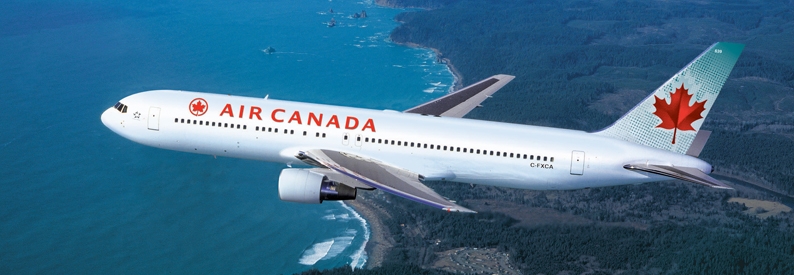Canada Urged to Boost Regional Airport Connectivity

The Canadian Airports Council (CAC), representing over 100 airports in the country, is urging the federal government to take decisive action to enhance regional air connectivity. As a division of Airports Council International-North America, CAC is calling on Ottawa to invest more in airport infrastructure and establish a Canadian version of the U.S. Essential Air Service (EAS) program. The U.S. EAS initiative provides federal subsidies to maintain air service to remote communities, a model CAC believes is necessary to support underserved Canadian regions.
Despite regional airport seat capacity reaching 94% of 2014 levels, flight frequencies have fallen to 64% of 2014 and 83% of 2019 figures. The decline, CAC says, is partly due to fewer airlines operating larger aircraft, resulting in less flexible schedules and limited options for travelers. “For communities where regional airports often provide the only access to essential travel, this decline in connectivity disrupts economic activity,” the CAC noted in its latest report.
Provinces like Alberta and Manitoba have experienced some of the most significant setbacks. Alberta is currently operating at just 39% of its 2014 flight frequencies and 43% of its seat capacity. Manitoba’s figures are more alarming, with only 13% of flight frequencies and 45% of seats compared to 2014 levels. The CAC argues this reduced accessibility is stifling local economies and isolating communities.
Adding urgency to the issue, the organization highlighted that over the past three decades, the U.S. has invested 8.5 times more per capita in airport infrastructure than Canada. While Canada relies heavily on market dynamics to determine air service availability, other countries successfully combine infrastructure funding, airline support, and passenger subsidies to maintain essential air links in smaller markets.
Meanwhile, other nations are moving forward with infrastructure improvements. Ireland has committed €7.8 million to enhance safety, security, and sustainability at three of its regional airports—Knock, Kerry, and Donegal. In Malta, capital expenditure at Malta International Airport reached €68.4 million in 2024, funding facility upgrades and eight new aircraft parking stands, helping the airport handle nearly 9 million annual passengers and achieve record profits.
India also recently expanded capacity at Pune Airport, adding 15 new daily movement slots during peak hours. In Peru, Lima’s Jorge Chávez International Airport inaugurated a $2.4 billion terminal to accommodate up to 40 million passengers annually, signaling Peru’s ambition to become a major South American aviation hub.
These international investments underscore the growing global emphasis on regional airport development, reinforcing CAC’s plea for Canada to adopt a more active role in safeguarding its regional air network.
Without timely government support, CAC warns Canada risks falling further behind in maintaining regional accessibility and economic integration across its vast geography. The proposed measures, including a federally supported air service program, are aimed at ensuring long-term viability and equitable access to air travel for all Canadian communities.
Related News : https://airguide.info/?s=Air+Canada
